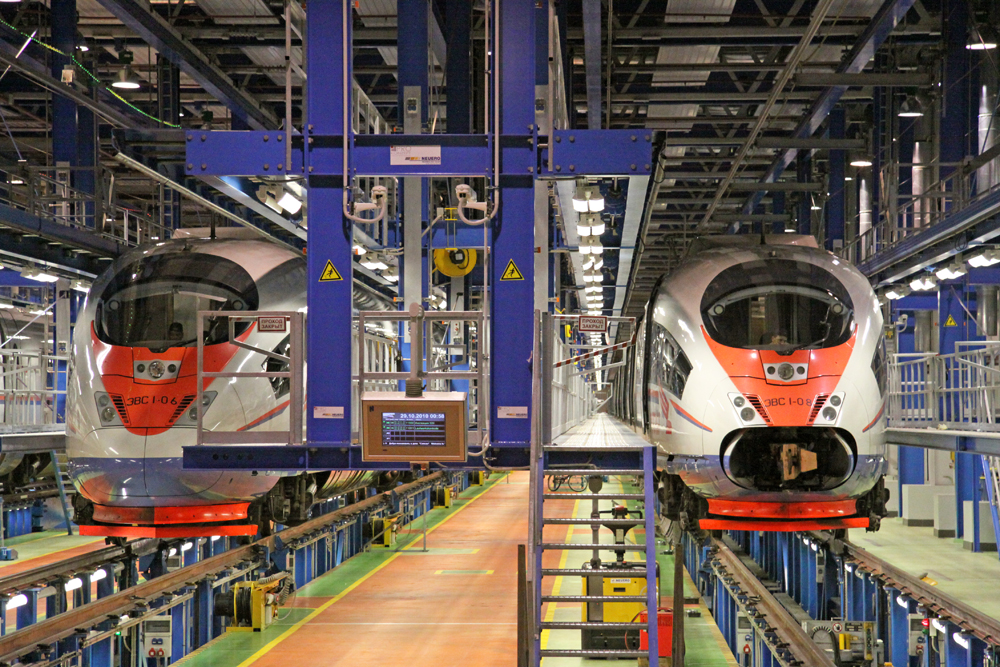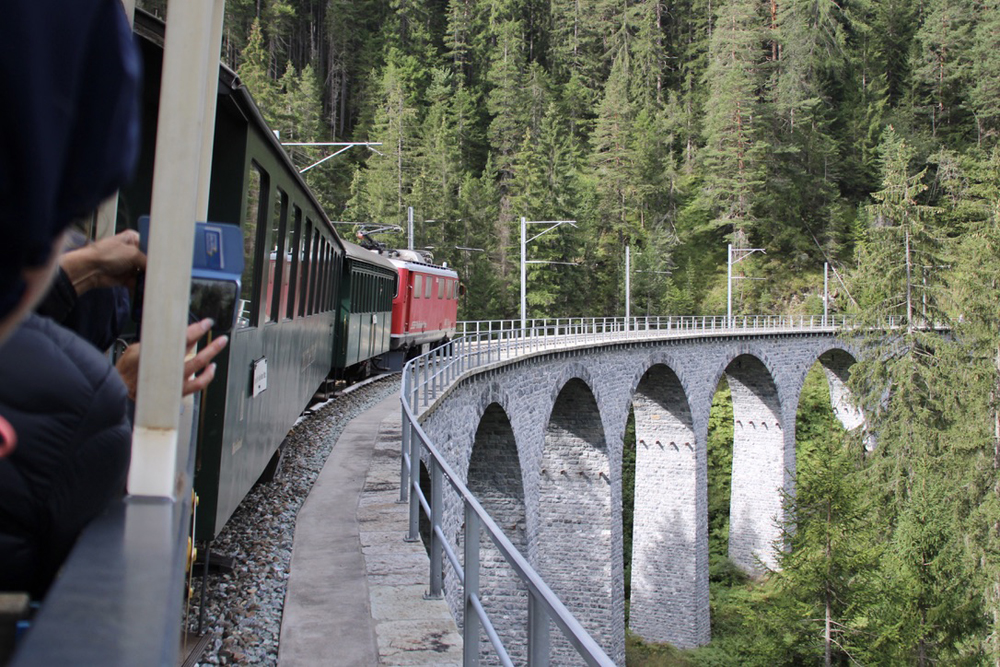
Multifaceted manufacturing firm Siemens has announced plans to leave Russia after over 170 years. The move is part of the continuing response to the Russian invasion of Ukraine [see “War in Ukraine sees massive rail destruction …,” Trains News Wire, June 1, 2022].
Siemens Chief Executive Officer Roland Busch said in a May press statement: “We condemn the war in Ukraine and have decided to carry out an orderly process to wind down our industrial business activities in Russia.” Siemens’s decision affects businesses selling everything from power-grid equipment and high-speed trains to consumer good like dishwashers, but not its Siemens Healthineers business selling medical devices and scanners, which will remain in Russia.
Siemens has estimated the cost of the exit to be around $660 million, with much of this due to the loss of future sales for both rolling stock and train maintenance.
Siemens has built both passenger trains and freight locomotives for Russian Railways, or RZD, since 2000, both in Germany and in Russia with joint-venture partners. The German made Velaro High speed trains — branded as “Sapsan” (“Peregrine Falcon”) — have been in service mainly between Moscow and St. Petersburg since 2009. The Sapsan fleet has been maintained by a Siemens-run shop outside St. Petersburg.
RZD has said it will continue maintenance, although Russian media reports in recent weeks have suggested the trains may be withdrawn from use this summer. Prior to the war, Siemens had begun delivery of a second batch of Sapsan trains, built in Germany. Three of the 11 had been fully delivered before the invasion of Ukraine led to further deliveries being halted.
Siemens has also delivered hundreds of Desiro-Rus “Lastochka” (“Swallow”) commuter rail EMUs in the last decade. The first of these were built in Germany, but most were built or assembled in Russia by Siemens joint-venture company Ural Locomotives, founded in 2010 with Russian firm Sinara. In line with RZD’s requirement for “technology transfer,” most components can now be locally sourced, with over 80% of the latest Lastochkas being Russian made.
Ural Locomotives, based in Yekaterinburg, has also built several hundred “Granit” RZD Class 2ES10 BB+ BB electric locomotives (3kV D.C.) incorporating Siemens-made electrical components. Siemens also previously sold modern sleeper cars to RZD built in Vienna and Tver, Russia; these were used for services from Moscow to Berlin, Nice, and Paris. These trains haven’t run since early 2020 due to the pandemic.
The other major western train builder active in Russia, Alstom, has yet to announce whether it will remain in Russia. Alstom owns 20% of Russian rail engineering and maintenance firm Transmashholding.












